On November 24, 2009, a routine caving adventure turned into a heart-wrenching tragedy that continues to resonate with adventurers and safety advocates alike. John Edward Jones, a 26-year-old medical student and passionate spelunker, lost his life in Utah’s Nutty Putty Cave after becoming trapped in a narrow passage during a 28-hour ordeal. His story, marked by bravery, desperation, and an unprecedented rescue effort, serves as a sobering reminder of the risks of cave exploration and the fragility of life. This analysis delves into the events leading to Jones’s tragic death, the heroic but ultimately futile rescue attempts, and the lasting legacy of the Nutty Putty Cave’s closure.
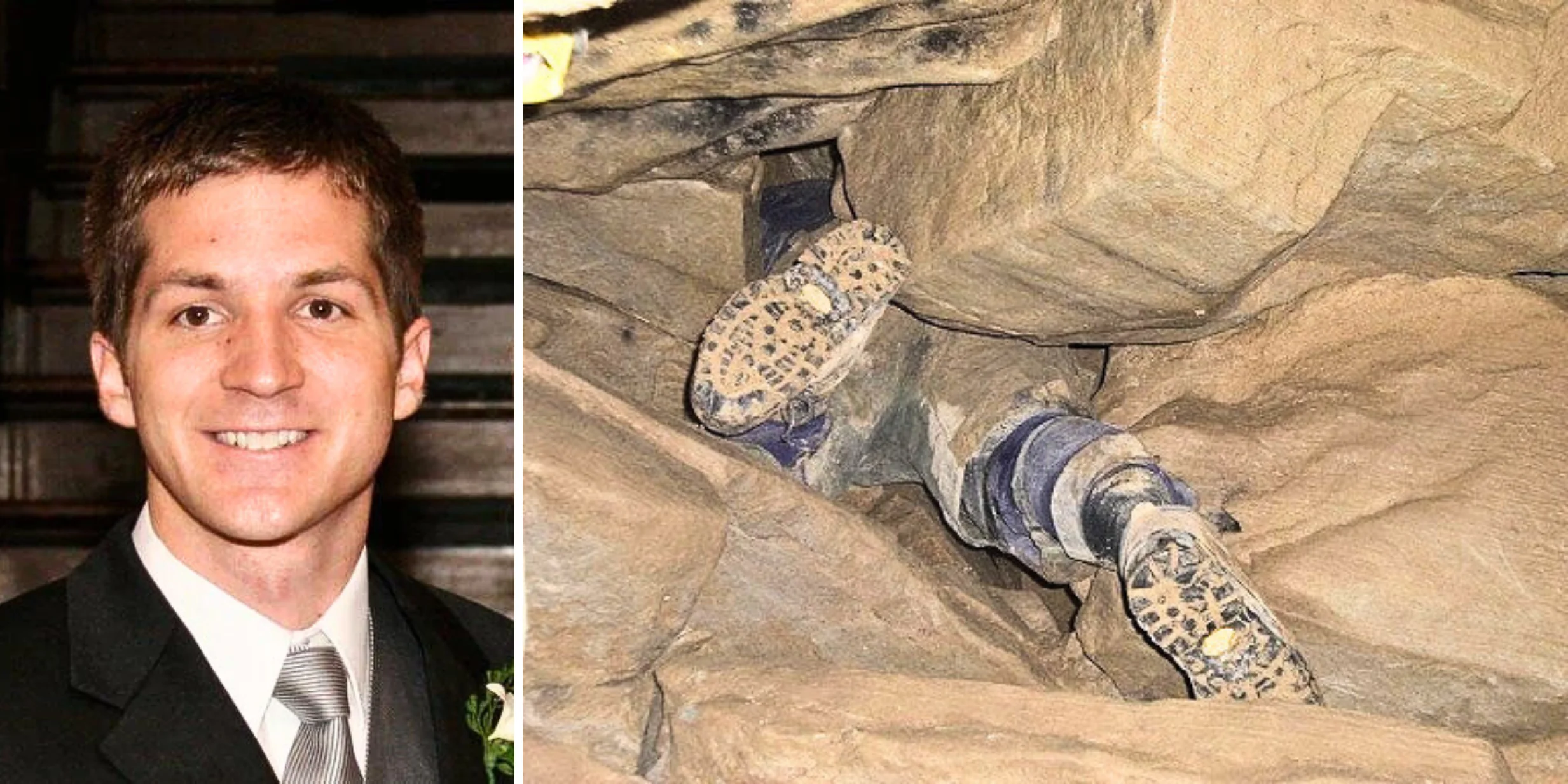
John Edward Jones’s death in the Nutty Putty Cave is one of the most harrowing incidents in modern caving history. A combination of human error, unforgiving terrain, and mechanical failure culminated in a tragedy that shook the spelunking community and prompted significant safety reforms. Let’s break down the incident, the rescue efforts, and the aftermath that transformed the cave into a permanent memorial.
The Fateful Descent: A Deadly Mistake
John Edward Jones, a Virginia native and father of one with another child on the way, was an experienced caver with a love for adventure. On November 24, 2009, he and his brother Josh, along with a group of friends, ventured into the Nutty Putty Cave, a popular but treacherous hydrothermal cave in Utah’s West Desert, about 55 miles from Salt Lake City. Known for its tight passages and challenging layout, the cave attracted thrill-seekers, but its narrow tunnels, some as small as 10 by 18 inches, demanded precision and caution.
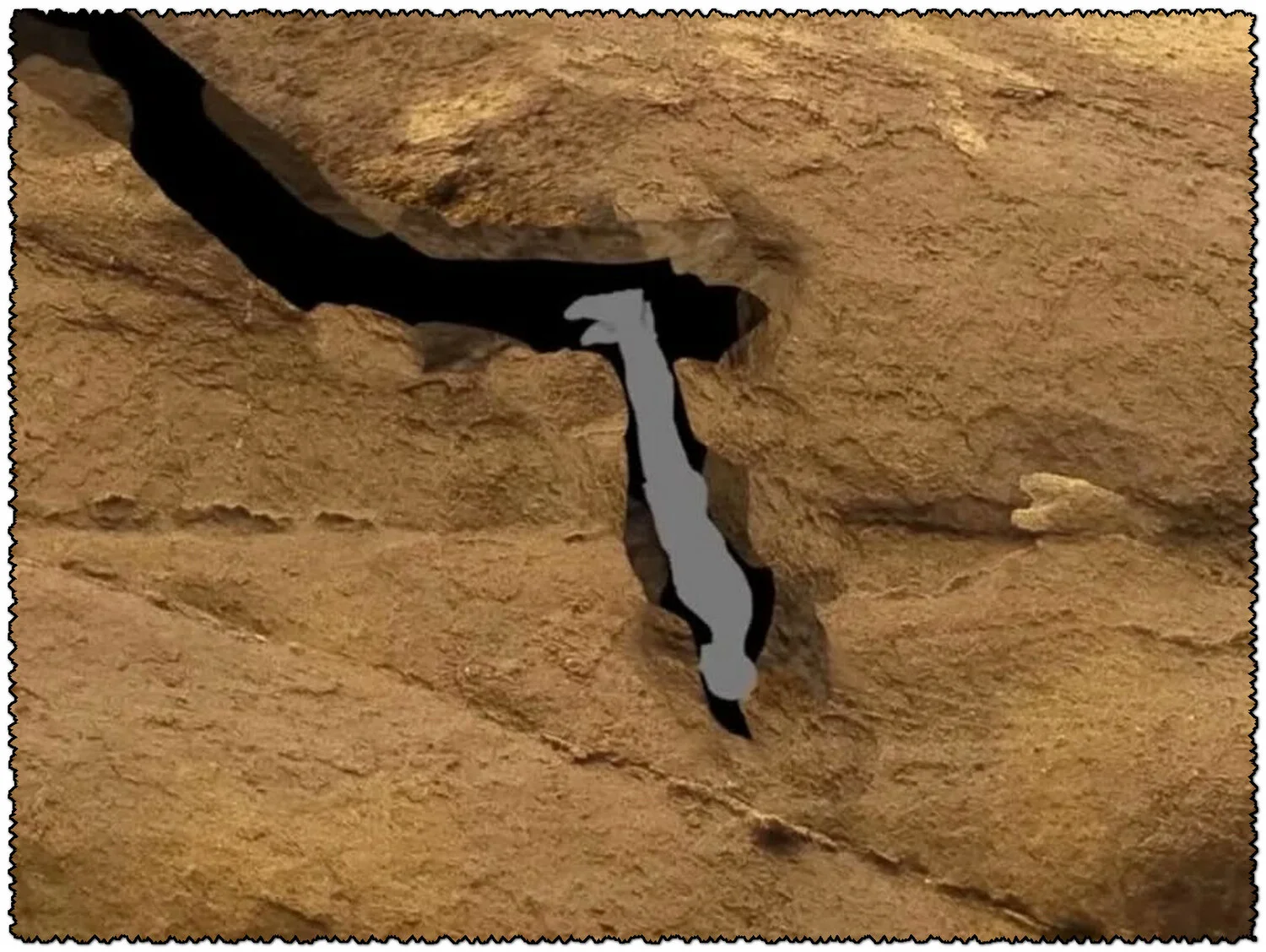
While exploring the cave, John Jones attempted to pass through a narrow section he believed was the “Birth Canal,” a well-known tight route. Instead, he entered an uncharted tunnel about 400 feet from the entrance. At around 8:30 PM, he became stuck upside down in a cramped 10-by-18-inch opening, his body bent awkwardly at a steep angle. The position placed immense strain on his chest and made breathing and movement increasingly difficult. Every attempt to adjust risked worsening his situation, as the hard rock walls allowed no flexibility. His brother Josh, nearby at the time, rushed to help but quickly saw how serious it was and called for outside assistance.
Josh was the first to reach him, trying to pull him back, but the effort only wedged John further into the narrow space, leaving his arms pinned. Realizing how grave the situation was, Josh offered a prayer for guidance. John, anxious and exhausted, pleaded for strength to return to his wife and children.
Josh went to seek help and encountered Susie Motola, who courageously joined the rescue effort. When she arrived, John expressed his gratitude, though his growing worry was evident. “Hi Susie, thanks for coming,” he said, “but I really want to get out.”
Over the following hours, more than 100 rescue personnel arrived at the cave to assist. However, the awkward upside-down position placed tremendous stress on John’s body, especially on his circulation, making the rescue increasingly urgent.
At one point, after a pulley system failed to free him, John seemed to lose hope, whispering, “I’m not going to come out of here, am I?” Even in that moment, he showed concern for others, asking about rescuer Ryan Shurtz, who had been injured by equipment during the operation. “Is he OK? I think he’s really hurt,” John asked, shifting focus from his own plight to the wellbeing of someone trying to save him.
The Rescue Effort: A Race Against Time
By 9:00 PM, a massive rescue operation was underway, involving over 130 volunteers, including local firefighters, search-and-rescue teams, and caving experts. The team employed an advanced rope-and-pulley system to attempt to free Jones, who was trapped 100 feet below the surface. The system was designed to distribute force evenly, allowing rescuers to pull Jones upward without causing further harm. Rescuers, including Susan O’Connor, a seasoned caver, communicated with Jones to keep his spirits up, noting his determination despite his dire circumstances. An X post from a rescuer later shared, “John was so calm, even joking at times, but we could see the fear in his eyes.”
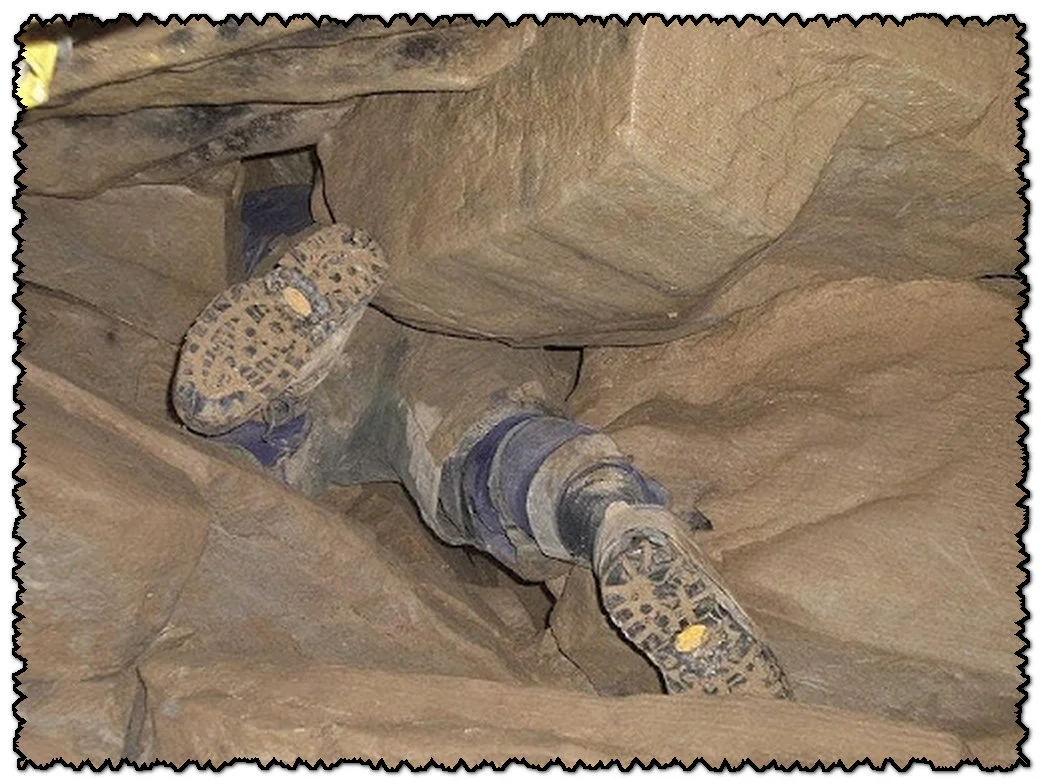
The operation faced extreme challenges. The cave’s narrow, twisting passages made it nearly impossible to maneuver equipment or personnel effectively. After hours of painstaking effort, rescuers managed to secure a rope around Jones and began pulling him upward. By 11:00 PM on November 25, they had moved him several inches, a grueling process that required precision to avoid dislodging rocks or worsening his position. Tragically, around midnight, a critical pulley in the system malfunctioned, causing a sudden jolt that destabilized the setup. The rope slipped, and Jones slid back into the crevice, undoing hours of progress. The setback was devastating, as Jones’s condition deteriorated rapidly due to the prolonged inversion, which restricted blood flow and strained his heart.
The Heartbreaking Outcome and Cave Closure
After nearly 28 hours underground, at around 11:56 PM on November 25, 2009, John Jones could no longer withstand the immense strain caused by his entrapment. The inverted position had placed extraordinary stress on his body, limiting circulation and making normal breathing increasingly difficult. Combined with exhaustion and emotional strain, these factors proved overwhelming.
Rescuers, working under the leadership of the Utah County Sheriff’s Office, were forced to make a heartbreaking decision: further attempts to retrieve him would endanger the lives of the rescue team due to the cave’s instability and the risk of additional collapses.
In consultation with the cave’s landowner, John Miller, and with the support of Jones’s family, officials decided on an extraordinary step. Nutty Putty Cave would be permanently sealed, both as a memorial to John and as a safeguard for others. On December 2, 2009, the chamber near where he remained was collapsed, and the entrance was later filled with 20 tons of concrete. The process, overseen by the Utah Division of Wildlife Resources, ensured that no one could reenter the site.
The Utah Caving Association later reflected on social media that while the closure was a painful decision, it was ultimately necessary to both honor John’s memory and protect future explorers.
Legacy and Lessons Learned
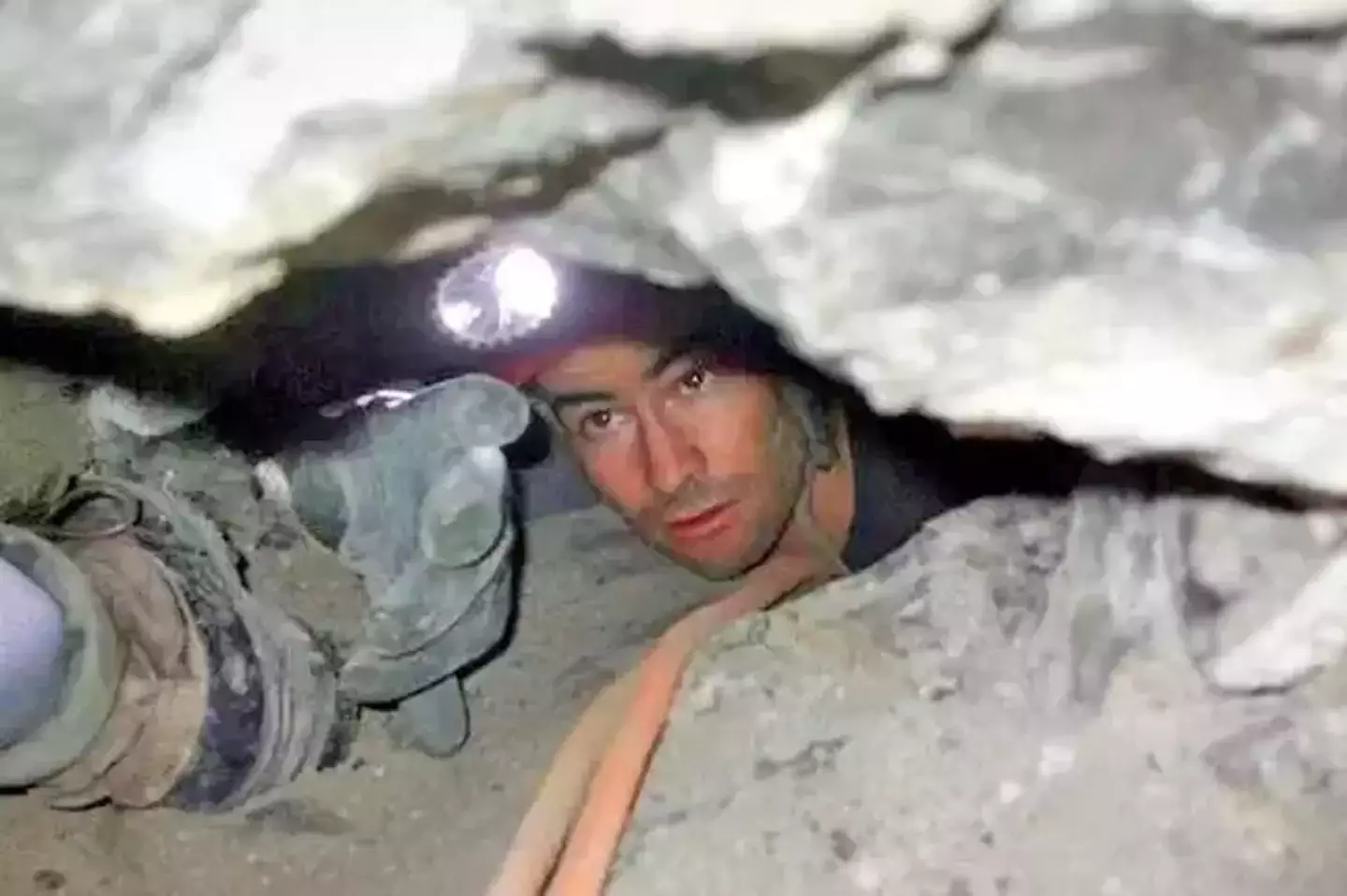
Rescuer who tried to save man from ‘worst death imaginable’ explained why he couldn’t save him
The tragedy drew widespread attention to the importance of caving safety. Nutty Putty Cave, once a popular spot known for its unusual geological formations, had attracted more than 5,000 visitors annually. Many, however, entered without fully understanding the risks. Following the incident, Utah authorities introduced stricter regulations, including permit requirements for cave exploration and enhanced training for rescue teams. The case also underscored the need for detailed mapping of unexplored passages and the use of proper equipment, such as helmets with communication tools.
John Jones’s story continues to have an impact far beyond the caving community. His wife, Emily, created the John Edward Jones Foundation to support search-and-rescue training and to raise awareness about cave safety. His life and final expedition were later portrayed in the 2016 film The Last Descent, which brought his story to a wider audience. One viewer reflected on social media: “Watching The Last Descent was deeply moving. John’s story is a powerful reminder of the need to respect nature’s limits.”
Today, the sealed cave is marked with a plaque near the entrance. It serves both as a memorial to John and as a lasting message for future adventurers: to prepare carefully, respect natural environments, and approach exploration with caution and reverence.
The Bigger Picture: Risk, Adventure, and Remembrance
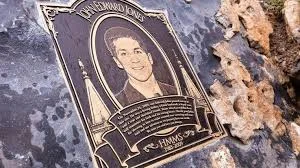
The father was trapped in the cave for 27-28 hours before taking his final breath. (Jones Family Handout)
John Edward Jones’s passing highlights the fragile balance between adventure and risk. His love for exploration, shared by countless cavers worldwide, reflects humanity’s enduring drive to discover the unknown. Yet the Nutty Putty incident also demonstrates how unforgiving natural environments can be, where a single decision may carry profound consequences. The choice to permanently seal the cave—though debated by some who lamented the loss of a natural landmark—ultimately placed safety and compassion for Jones’s family above all else.
His legacy continues through the John Edward Jones Foundation, which supports rescue training and promotes awareness of safe caving practices. The lessons drawn from his story urge explorers to prepare thoroughly, respect the limits of nature, and recognize the importance of teamwork in times of crisis.
The story of Nutty Putty Cave remains a solemn reminder of both the risks of exploration and the extraordinary courage shown by those who tried to bring John home. His 28-hour ordeal, the tireless rescue efforts, and the decision to close the cave all reflect the delicate balance between human determination and safety. As we honor his memory, we are reminded to approach adventure with care, awareness, and gratitude for the preciousness of life.
